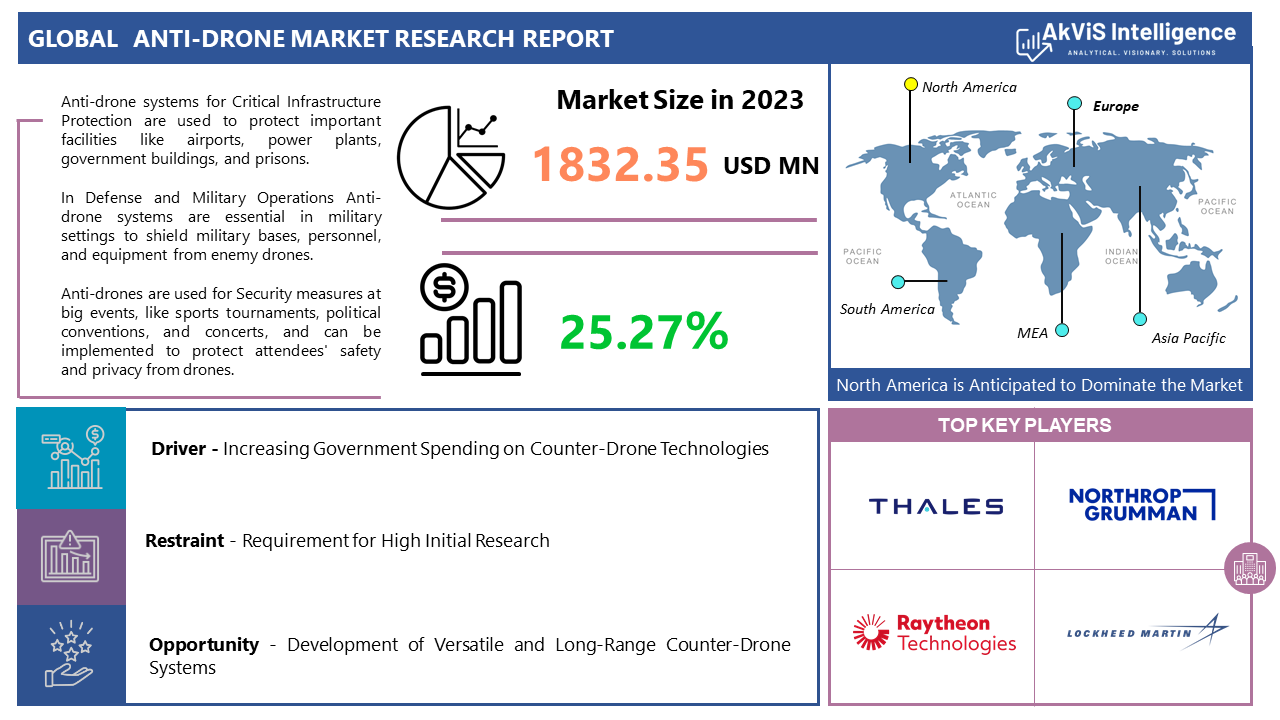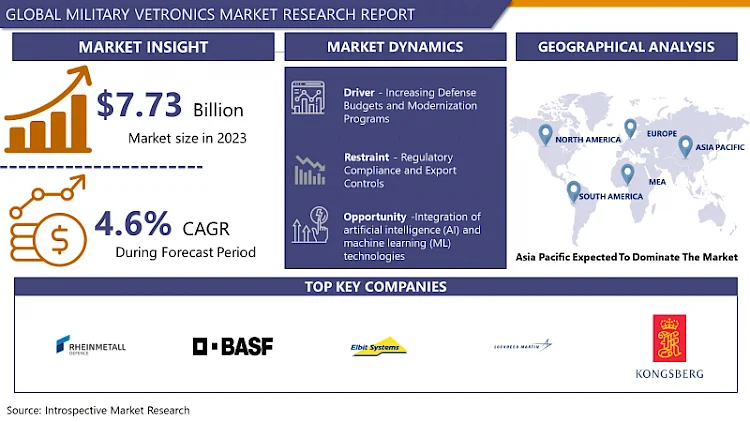As drones have become more prevalent in various industries, the need for robust anti-drone solutions has increased. Focused on identifying, neutralizing, and mitigating unauthorized drone threats, the anti-piracy industry is seeing growth largely driven by technological innovation and strategic investments as drones continue to proliferate across industries leading to unprecedented growth in the anti-drone market they are not used in. With the increasing prevalence of drones in areas such as agriculture, logistics, and photography, concerns about the unauthorized use of drones are simultaneously growing in 2008, spurring huge investments in anti-drone technology. This increase is driven by the need to protect critical infrastructure, military installations, and civilian areas from potential drone threats.
Growing demand and solutions
The rapid proliferation of drones has brought many benefits to industries such as logistics, agriculture, and surveillance. However, it has also raised security concerns at strategic locations, especially at airports, military bases and public events. The threat of using drones for illegal activities such as espionage, smuggling, and even terrorism has necessitated the development of effective countermeasures
Included are a variety of anti-drone technology solutions, including radio frequency (RF) jamming, GPS spoofing, web systems, laser-based interception, and other kinetic techniques These technologies detect, track, and neutralize rogue drones They are meant to be before they disappear.
Download Report Sample Copy of the Anti-Drone Market to Understand Market the Investments Technology : https://akvisintelligence.com/request-sample/anti-drone-market-375
Key developments in the industry include:
- Advanced Detection Systems: Companies are investing in sophisticated radar, radio frequency (RF), and optical systems to detect and identify drones at increasingly long ranges and in various environments.
- AI and Machine Learning Integration: Anti-drone systems are increasingly incorporating AI and machine learning to enhance threat detection, tracking, and response times. These technologies enable systems to differentiate between harmless drones and those posing potential risks.
- Government and Defense Investments: National governments and defense contractors are leading the charge in anti-drone technology. Recent defense budgets have earmarked significant funds for the development and deployment of anti-drone systems, particularly in response to growing concerns over drone use in conflict zones and urban areas.
- Commercial Applications: The private sector is also embracing anti-drone solutions. Airports, stadiums, and large public events are now commonly equipped with anti-drone technologies to prevent disruptions and ensure public safety.
Strategic Investments Shaping the Market
Several recent investments have highlighted the industry’s rapid growth and innovation:
- Dedrone’s Expansion: Dedrone, a leading player in airspace security, secured $30 million in Series C funding. This investment will be used to enhance its detection and mitigation technologies and to expand its global presence.
- Anduril Industries’ Investment: With a $450 million investment, Anduril Industries is developing advanced autonomous systems, including AI-driven anti-drone solutions. Their focus on integrating AI with traditional anti-drone measures is set to revolutionize the industry.
- European Defense Contracts: Companies like DroneShield have secured multimillion-dollar contracts with European defense organizations. These contracts aim to bolster military capabilities against the rising threat of drone warfare.
Key Players and Industry Investments
Recent months have seen a surge in investments in the anti-drone sector, with both startups and established defense companies raising significant capital to develop cutting-edge solutions. Some of the notable players and their recent financial milestones include:
- Dedrone: A leader in airspace security, Dedrone recently closed a $30 million Series C funding round to expand its product offerings and scale its operations globally. Their technology is already deployed in over 35 countries, protecting critical infrastructure and government facilities.
- DroneShield: This Australian company, known for its RF-based drone detection and mitigation systems, secured a $10 million contract with a major European defense organization. The funds will be used to enhance their existing technology and explore new markets.
- Anduril Industries: A prominent player in the defense tech space, Anduril Industries has made significant strides in the anti-drone domain. The company recently announced a $450 million investment to develop advanced autonomous systems, including AI-driven anti-drone solutions.
Educational Insights: How Anti-Drone Technology Works :
- Detection: The first step in any anti-drone system is the detection of unauthorized drones. This is typically achieved using radar, RF scanners, or visual systems equipped with AI-powered image recognition.
- Tracking: Once a drone is detected, the system tracks its movements to determine its flight path, speed, and potential threat level.
- Neutralization: Depending on the level of threat, various methods can be employed to neutralize the drone. This may involve jamming its communication signals, spoofing its GPS coordinates to misdirect it, or using physical methods like nets or lasers to disable the drone.
- Mitigation: After neutralization, anti-drone systems often include mitigation strategies to prevent future intrusions, such as updating detection algorithms or deploying additional sensors.
The Future of Anti-Drone Technology
With the increasing reliance on drones across various sectors, the anti-drone industry is poised for continued growth. Experts predict that the market could exceed $4 billion by 2027, driven by the need for enhanced security measures in both civilian and military applications. As the technology evolves, we can expect to see more sophisticated systems integrating AI, machine learning, and autonomous operations, making anti-drone defenses more effective and adaptable. This growth is also expected to attract further investments, as companies and governments alike recognize the critical importance of protecting airspace from unauthorized drones.
People Also Ask Questions and Answers :
1. What is the purpose of anti-drone technology?
Answer: Anti-drone technology is designed to detect, track, and neutralize unauthorized drones that may pose a threat to security or privacy. These systems are used to protect critical infrastructure, military bases, airports, and public events from potential drone intrusions or attacks.
2. How do anti-drone systems work?
Answer: Anti-drone systems typically involve multiple stages: detection, tracking, and neutralization. Detection may use radar, RF scanners, or optical sensors. Once detected, the system tracks the drone’s movements and determines the threat level. Neutralization methods vary, including RF jamming, GPS spoofing, or physically disabling the drone.
3. Why is the anti-drone market growing?
Answer: The anti-drone market is growing due to the increasing use of drones across various sectors, which has led to rising concerns over unauthorized or malicious drone activities. As drones become more common, the need for effective countermeasures to protect sensitive areas and public safety is driving significant investment in anti-drone technologies.
4. What are the key sectors investing in anti-drone technology?
Answer: The primary sectors investing in anti-drone technology include defense, government, critical infrastructure (like power plants and airports), and large-scale event management. Additionally, private companies, especially those involved in transportation, energy, and telecommunications, are increasingly adopting anti-drone solutions.



